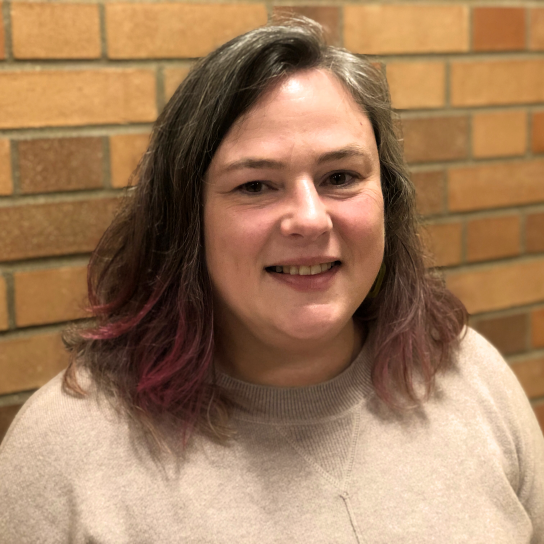by Carla Pfahl
Quick Summary
One of the sessions I went to was “Can’t I just Google it? : Informational Literacy and the Digital Native” presented by Deanna Munson, Assistant Director for Crown College Library.
Body
One of the sessions I went to was “Can’t I just Google it? : Informational Literacy and the Digital Native” presented by Deanna Munson, Assistant Director for Crown College Library. Munson’s session focused on understanding the undergraduate students of today and how to best teach an information literacy class with them in mind. She placed students in three categories of the digital wave: digital natives, digital immigrants, and digital foreigners.
A digital native is someone born after 1980, is very comfortable with technology, needs pictures, multitasks, is a parallel thinker, wants instant access, prefers user-generated content and working cooperatively. Digital natives also have short attention spans, don’t like sitting in a lecture hall for a long time but can sit for a long time if there is something they are interested in, such as video games. They also love interactive things, expect interaction with the internet, and use multiple sources for information.
A digital immigrant is someone that prefers learning from text, is single task oriented, thinks sequentially, and will use limited sources for information. She didn’t speak about digital foreigners much other than to say they don’t get it and tend to be much older.
With this said, the look of information literacy has changed. For digital natives, research and Google have become synonymous. What does this mean for libraries? Libraries need to market themselves differently. They need to tell digital natives why the library is relevant to them in order to garner attention. If you tell them, “Here’s how to get an A on your next research paper,” they will listen to that.
Libraries can use Google to their advantage by playing off this familiar tool. Do comparison searches using Google and library databases or one-search platforms. Show the basic searches and highlight the subject headings within the databases. Start with the basic search and show them how to use that before talking about advance searching. Digital natives are trained to click on the first or second link they see. They don’t usually go beyond that. Their technology proficiency does not equate to being information literate.
Another point of Munson’s was to focus on five areas of information literacy: need, access, evaluate, synthesis, and ethics. Students are lacking on what they can use on the internet and what they can’t. They think if it’s on the internet it’s free for the taking.
Other good points she made were that digital natives want personal interaction; tell them stories. When you are preparing an information literacy session, try not to throw 250 things at them in 15 minutes. No one is going to remember that. Pick a couple of themes and work with those. It’s helpful to make it interactive, and students love to collaborate so let them do that. Screen shots can be helpful if the internet fails, and they allow you to highlight what you want. Finally, always revise, redo, fix, throw things out, and adjust your information literacy sessions to keep them refreshed, current, and tailored to students’ needs.
Overall, it was very informative. While the session was academic-based, I can see how this information could be easily used with younger audiences.
